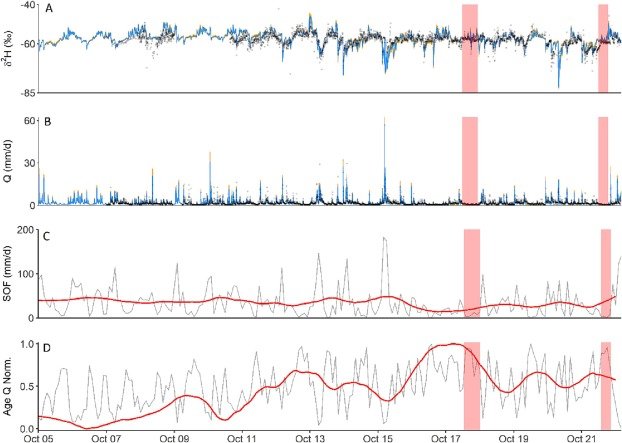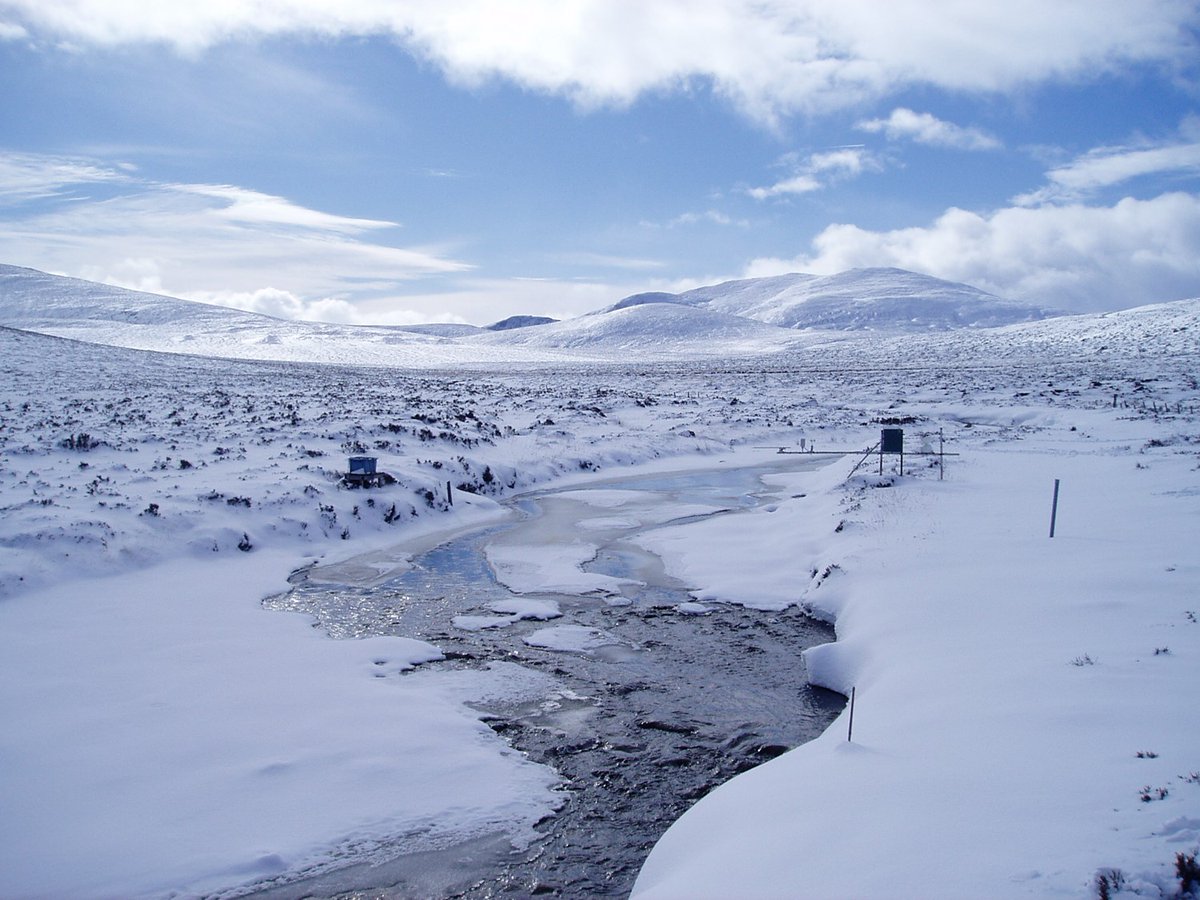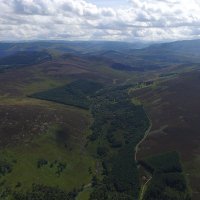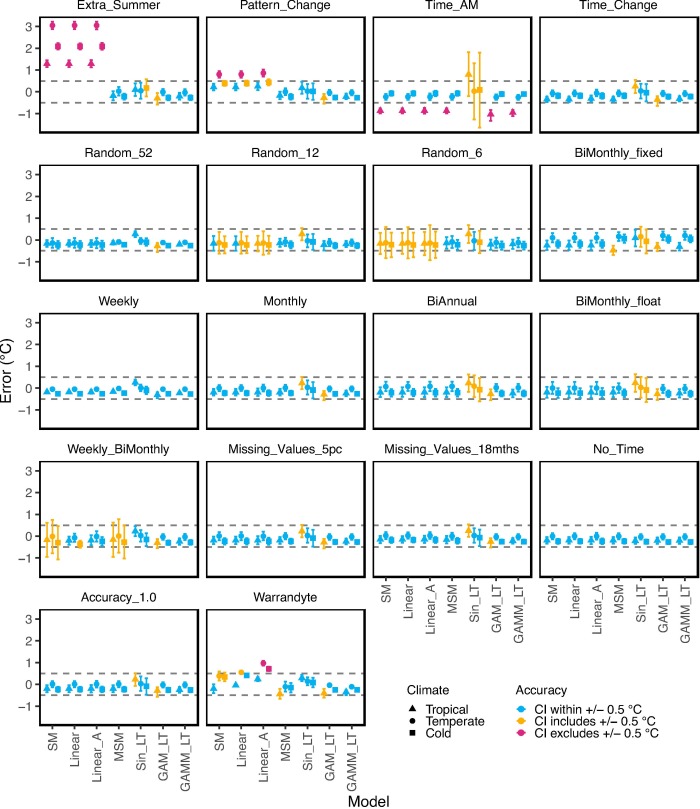
Iain Malcolm
@IainAMalcolm
Hydrologist, fisheries scientist, mountain biker, hiker. Personal Account. All views are my own. Re-tweets do not reflect endorsement
ID:2783721467
https://www.researchgate.net/profile/Iain-Malcolm 25-09-2014 14:00:32
2,3K Tweets
886 Followers
696 Following

'Any effects of forest cover on increasing catchment infiltration & storage are masked by soil hydraulic properties...This highlights the importance of understanding... controls on catchment storage when using tree planting as a flood management strategy' sciencedirect.com/science/articl…



Another paper from the #Girnock long-term monitoring site. Collaboration with Jamie Stevenson, Northern Rivers Institute (NRI) & Doerthe Tetzlaff Hydroclimatic non-stationarity drives stream hydrochemistry dynamics through controls on catchment connectivity & water ages sciencedirect.com/science/articl…


60 yrs of Atlantic salmon data Northern Rivers Institute (NRI) Iain Malcolm - crucial to assess global change implications on ecology


We have been monitoring the Girnock Burn in Aberdeenshire since 1966.
This interdisciplinary collaborative work – with partners including Northern Rivers Institute (NRI) - has created uniquely detailed datasets which support our understanding of Atlantic salmon populations and their habitats.


The National Electrofishing Programme for Scotland plays a crucial role in assessing the status of wild Atlantic salmon. It’s funded by Scot Gov Marine and delivered by Fisheries Management Scotland members British Science Week #BSW24

🚨❄️🌧️ #Job #alert Research Fellow - Changes in #mountain #hydrology & #water #resources Uni of Birmingham College of Life and Environmental Sciences Closing date 16 April 2024 edzz.fa.em3.oraclecloud.com/hcmUI/Candidat…




Our summary of 60 years #ecohydrology research into #salmon & #environment interactions at the #Girnock Burn in the #Cairngorms National Park. With Iain Malcolm Doerthe Tetzlaff Scot Gov Marine IGB Berlin
onlinelibrary.wiley.com/doi/10.1002/hy…
